My father was a murderer and I’ve devoted my life to proving it
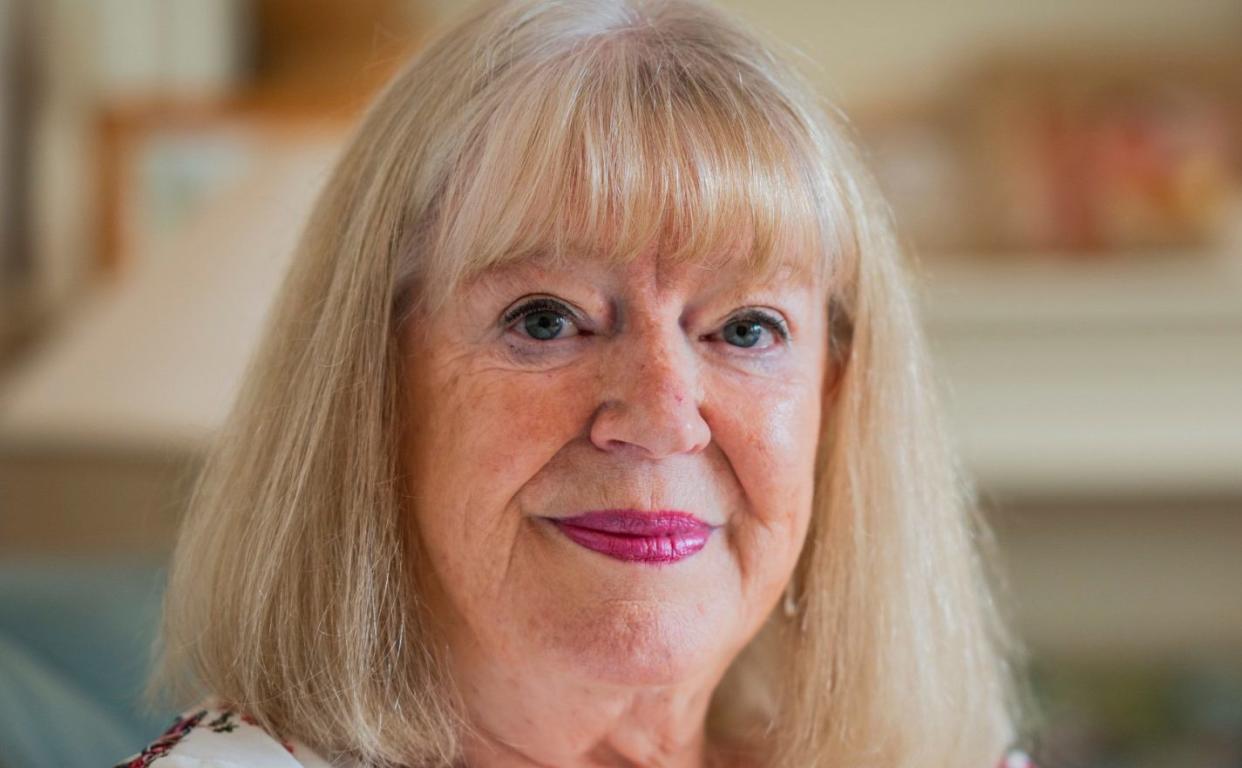
On February 12 1957, an 11-year-old girl disappeared in a blizzard in Coatbridge, around eight miles east of Glasgow city centre. Moira Anderson was sent out to buy some lard for her Uncle Jim and her grandmother. The shop was a five-minute walk away, but Moira never came home. Despite extensive local searches and media coverage, the outgoing wee girl with the pixie hat had vanished.
Decades later, in 1992, Sandra Brown, a 43-year-old lecturer, returned to Coatbridge for her grandmother’s funeral. There, she met her estranged father. Brown had learnt her father had been jailed for raping the family’s 13-year-old babysitter and she wanted to confront him. To Brown’s horror, her father, a former bus driver, brought up Moira Anderson.
“The conversation will be forever embedded in my head,” Brown says. “[My dad said] ‘Moira got on my bus. I was the last person to be in her company, and I was the last person to see her.’ And then he stopped. And I just knew he was going to say ‘alive’ there. He was going to say ‘alive’.”
That revelation sent Brown on a journey that has lasted more than 30 years. Her father, Alec Gartshore, was not interviewed at the time of the disappearance, despite witnesses having seen Moira get on a bus. Gartshore was out on bail for rape, working on the buses, when Moira went missing. Following the run-in with her father, Brown started to ask questions. She discovered her father had been a prolific paedophile: six of her cousins had been abused when they were children, as well as her childhood friends. Gartshore had also fathered four children with his mother’s sister, while he was married to Brown’s mum. As Brown investigated over the years, more half-siblings emerged.
“It was like the 12 tribes of Israel,” Brown, now 75, jokes. The dark humour has helped Brown in a situation where she has received pushback from police, the Crown Office and her own family.

Thanks to Brown coming forward after that encounter with her father, Moira’s case was reopened in the early 1990s. Moira was still categorised as a “missing person”, and many of the original police files had been misplaced or destroyed. Brown was determined to upgrade Moira’s case to murder and pursue justice for her cousins. The police were gathering evidence against Gartshore, and preparing to bring separate charges against him for the abuse of the cousins (four of which were prepared to testify) and for Moira. Then, the Crown Office dropped the charges against Brown’s cousins, declaring it was not in the public interest, and declined to prosecute Gartshore, as there was no forensic evidence or confession – although they said police could continue to gather evidence against him. Brown’s only option then was to bring a private prosecution but it wasn’t a route she could afford.
“I was questioning the legal system, I was questioning what was going on, and really, it was misogyny,” Brown says. “My cousins were getting palmed off, I was getting palmed off. You were trying to call out behaviour and you were being silenced. Well, I thought, the pen is mightier than the sword.”
Brown wrote a book, Where There Is Evil, about Moira’s disappearance and her father’s criminality and used the proceeds to launch the Moira Anderson Foundation, a charity for survivors of sexual child abuse in 2000.
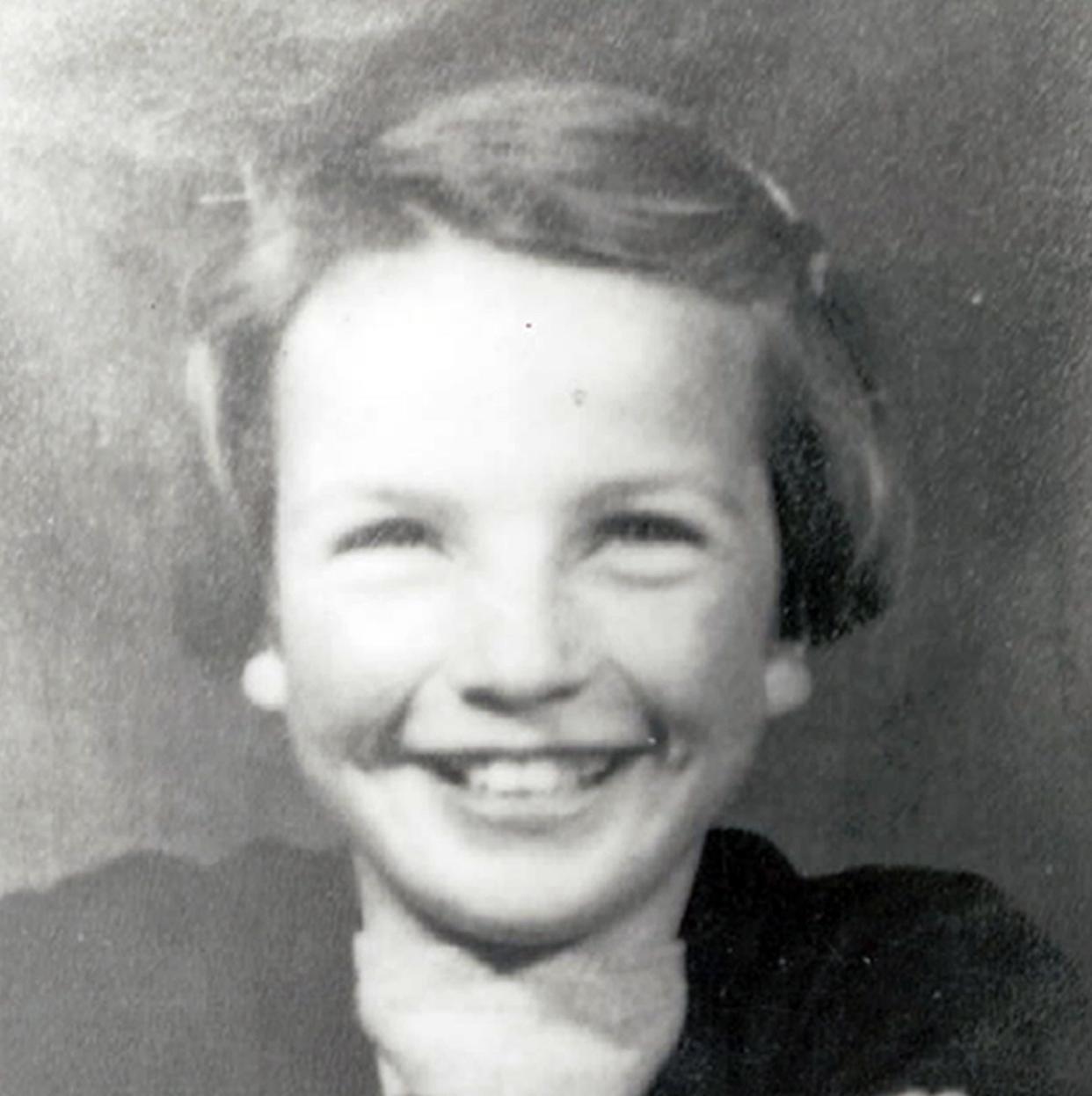
Brown insists she did not launch the charity to atone for her father but to prevent any victim from being dismissed in the way her cousins had been.
“I’ve never taken the view of feeling ashamed [of Gartshore being my father] because my personal thoughts are that you can only ever take responsibility for your own actions – my father had to take responsibility for his own choices,” explains Brown. “But I was shocked when I realised how little support was offered to my cousins. I saw a genuine need there.”
Moira was never far from Brown’s mind. When police stopped actively searching for her, Brown continued alone, enlisting help from anywhere she could, including psychics.
“Over the decades I’ve not dismissed anyone who has approached me,” says Brown. “I’ve had an open mind, I’ve not been sceptical and dismissive. There have been cases with psychics saying we would find something, and we did find it.”
In 2005, a psychic called Sue Dowell took Brown back to Witchwood Pond, on the outskirts of Coatbridge. Dowell said that Brown would find a green bottle with a broken neck, and that it would have held chloroform, a substance that could have been used to subdue Moira during her assault. Brown, aided by her husband, a former civil engineer, secured permission from the land owner, borrowing their JCB, and dug down about four metres. It took them two days but they did find the bottle.
The psychic was not the only person to suspect chloroform was used. Two years prior to the JCB dig, similar details were laid out in a “deathbed confession” from Gartshore’s colleague and convicted paedophile James Gallogley. Gallogley had died years earlier in prison, but his cellmate Alec Keil had reportedly written it up and handed it to the press when he himself was released. The contents of the 15-page “dossier” have never been proved or released into the public domain, but Brown has seen parts of it, and she believes it contains grains of truth, for example, that there were three men involved in Moira’s abduction.
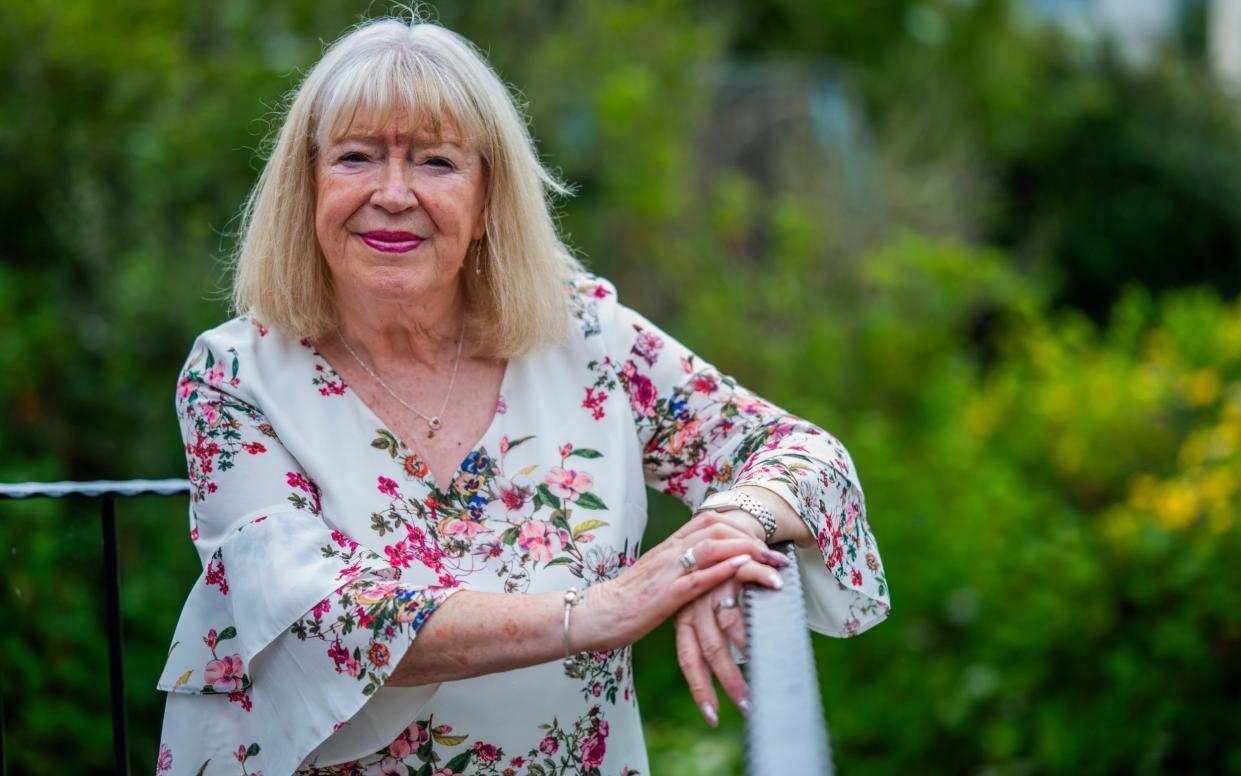
Moira’s case did not pick up real steam again until 2011, when a new Lord Advocate stepped into the frame. Frank Mulholland set up a cold case unit, and promised Brown that Moira would be, as Brown recalls, “top of the in-tray”.
“Sandra is a very strong-willed woman. And anyone who’s met her will tell you the same thing,” says Detective Chief Superintendent Patrick Campbell, who took over the cold case in 2013.
The year Campbell joined the case, Brown was still digging, literally and metaphorically. Now she was pushing for a graveyard exhumation in Coatbridge’s Old Monkland Cemetery. She had learnt of a chance remark from her father to a former colleague in 1957, telling him that “Auld Sinkie had done him a favour” – and it had led to Brown discovering the grave of Sinclair Upton, who had died around the time Moira went missing. Could Moira be in Auld Sinkie’s grave? It took her six years to gather permission from Upton’s relatives, and secure the backing of forensic experts; the court gave permission to exhume the grave in 2013, but Moira was not found.
Further disappointment came in 2017, when police searched a 100-metre stretch of the local Monkland canal, following a witness statement that they had seen a man walking by the canal, soon after Moira disappeared, carrying a large sack. The forensic team only found animal bones.
Where could Moira be, 67 years later? With no forensic evidence and a landscape littered with wooded areas, ponds and around 260 mineshafts, Brown said it has at times felt like finding a needle in a haystack.
“[Moira’s case being unsolved is] not for lack of want or lack of effort,” says Campbell. “It’s about, where can we reasonably search next, that can give us a good opportunity, or a better opportunity, to uncover Moira’s remains?”
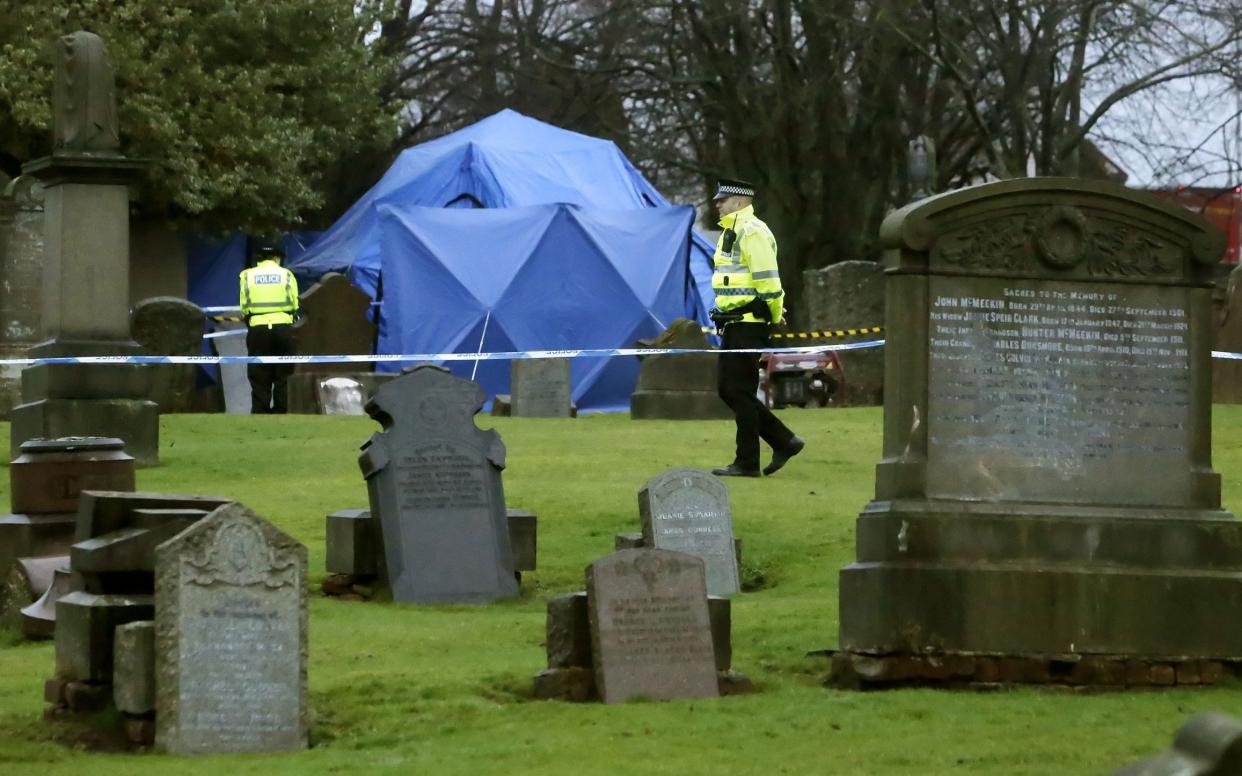
The direction of future searches will be dictated by new witnesses. In the last decade, numerous people have reported their – sometimes long-repressed – childhood memories. A woman said she had seen a man matching Gartshore’s description dragging a girl into a field, near the end of the bus route (when Campbell asked this witness to identify Gartshore in a line-up of photos, the woman identified him straight away). Another woman reported that two members of her family had seen a Baxter’s bus, the kind Gartshore drove, parked on a narrow farm road, its lights off, the night Moira went missing. Some of these accounts were relayed to the police in 1957.
These statements, collected by Campbell, led to a first in Scottish history. In 2014, the Crown Office charged Gartshore posthumously with homicide. It was a bittersweet moment for Brown, as the charge came eight years after her father’s death.
Besides his prolific abuse in Scotland, there is a question mark over Gartshore’s activities in Leeds, where he lived from 1965 until his death. He had two wives during this time, three children and several grandchildren, whom he had been left to babysit. In 1997, a 29-year-old woman with whom he was in a relationship fell from his 10th-floor flat, but the death was not reported as suspicious.
“Do we know the full extent of Gartshore’s offending? I don’t think we do,” says Campbell.
Perhaps one of the most devastating revelations for Brown came in 2021: Gartshore had apparently confessed to his dad, Sandra’s grandfather, of the crime in 1957. Brown always knew her grandfather was suspicious of his son, but now she believes “Auld Sinkie” chose to close ranks and protect his family.
Does Brown believe more people are holding on to secrets?
“I don’t think it,” she says. “I know it.”
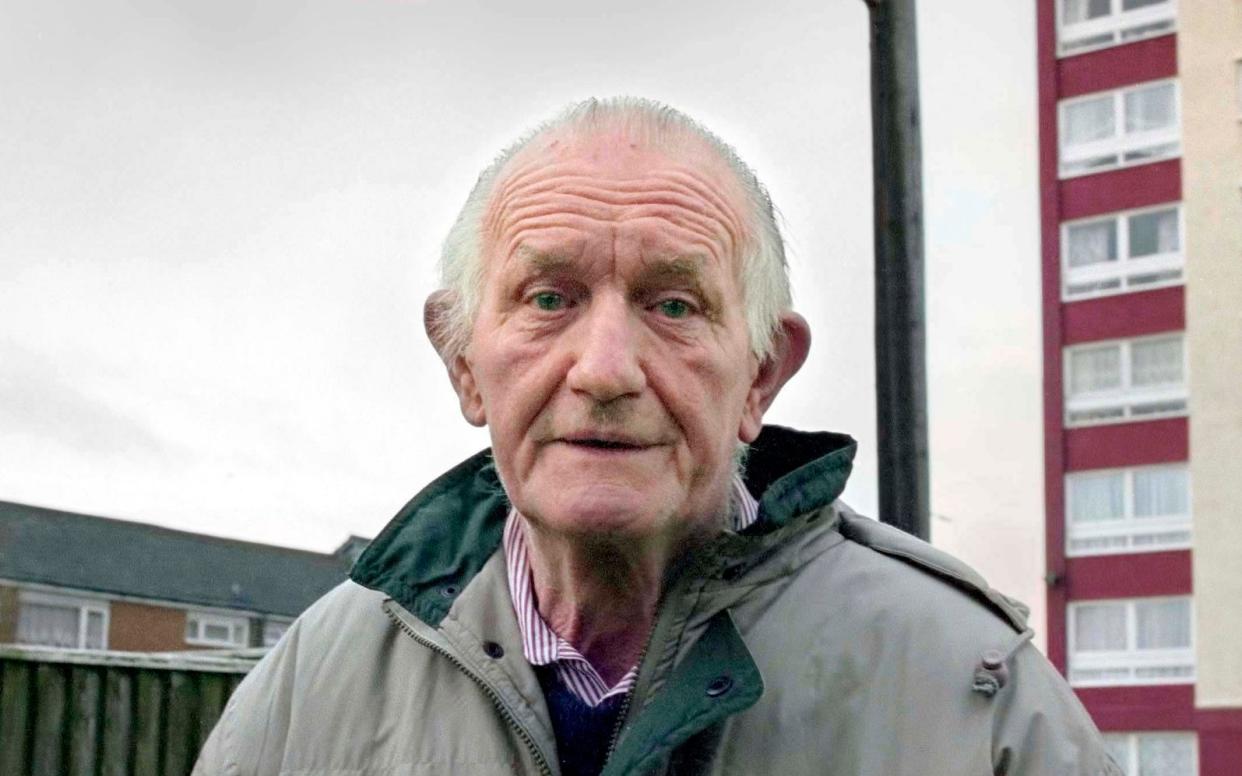
The clock is ticking. Moira’s and Sandra’s parents are long since dead. Elizabeth Nimmo, Moira’s best friend, died in 2021. Moira’s older sister, Janet Hart, with whom Brown is now good friends, is 80. Hart lives in Australia and confessed to still waking up, hearing her little sister’s voice.
“I do believe there’s someone out there, who may not be the generation I’m in, but I believe a lot of families have secrets, because many things of a sexual nature were not discussed,” says Hart.
Hart has reason to hope: Campbell said that with historical cases there was often a “switch in allegiances” within family and community circles.
Brown is determined to discover Moira’s remains, have a proper funeral for the 11-year-old girl, and understand the full picture of what happened to her that night. Brown has recently been approached, via the charity, by a local man who remembers as a boy finding a human skull with his friends, and tossing it away. He is reportedly prepared to talk to Campbell.
“When people ask, ‘Surely after all this time, how are there new developments?’ But there are: new things are being flagged up to this day,” Brown adds.
“I’ve always had the drive to see things through, I’ve never lost that focus.”
Coatbridge: The Disappearance of Moira Anderson, a nine-episode Audible Original podcast, will be available on Thursday June 27


